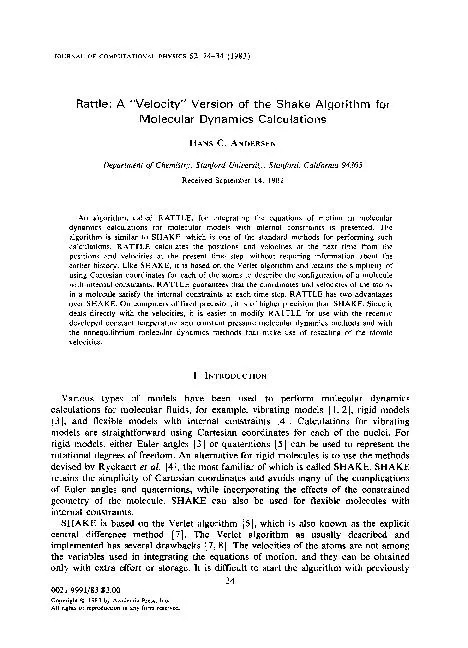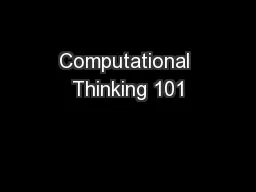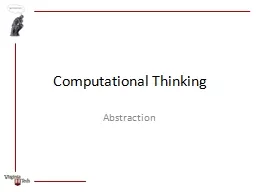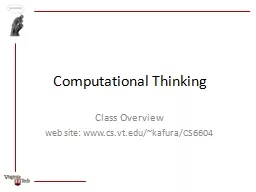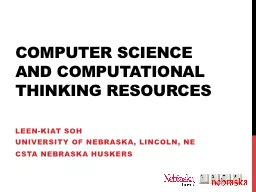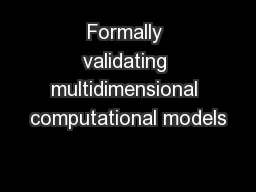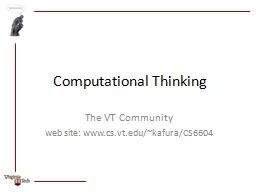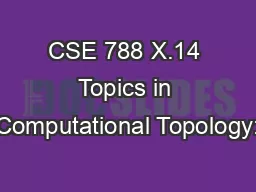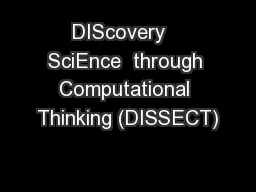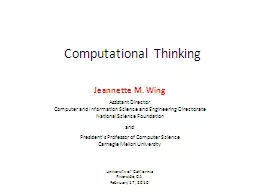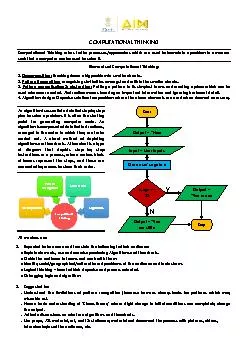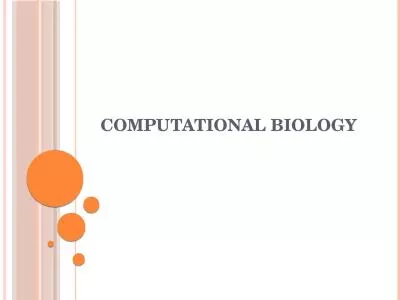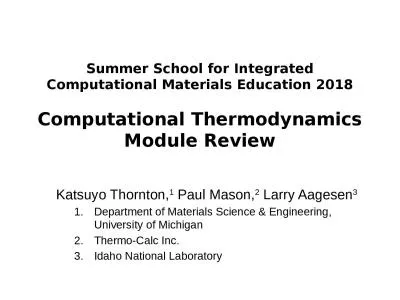PDF-JOURNAL OF COMPUTATIONAL PHYSICS 52, 24-34 (1983)
Author : phoebe-click | Published Date : 2016-07-18
Rattle A 147Velocity148 Version of the Shake Algorithm for Molecular Dynamics Calculations HANS C ANDERSEN Department of Chemistry Sranford University Stanford California
Presentation Embed Code
Download Presentation
Download Presentation The PPT/PDF document "JOURNAL OF COMPUTATIONAL PHYSICS 52, 24-..." is the property of its rightful owner. Permission is granted to download and print the materials on this website for personal, non-commercial use only, and to display it on your personal computer provided you do not modify the materials and that you retain all copyright notices contained in the materials. By downloading content from our website, you accept the terms of this agreement.
JOURNAL OF COMPUTATIONAL PHYSICS 52, 24-34 (1983): Transcript
Download Rules Of Document
"JOURNAL OF COMPUTATIONAL PHYSICS 52, 24-34 (1983)"The content belongs to its owner. You may download and print it for personal use, without modification, and keep all copyright notices. By downloading, you agree to these terms.
Related Documents

